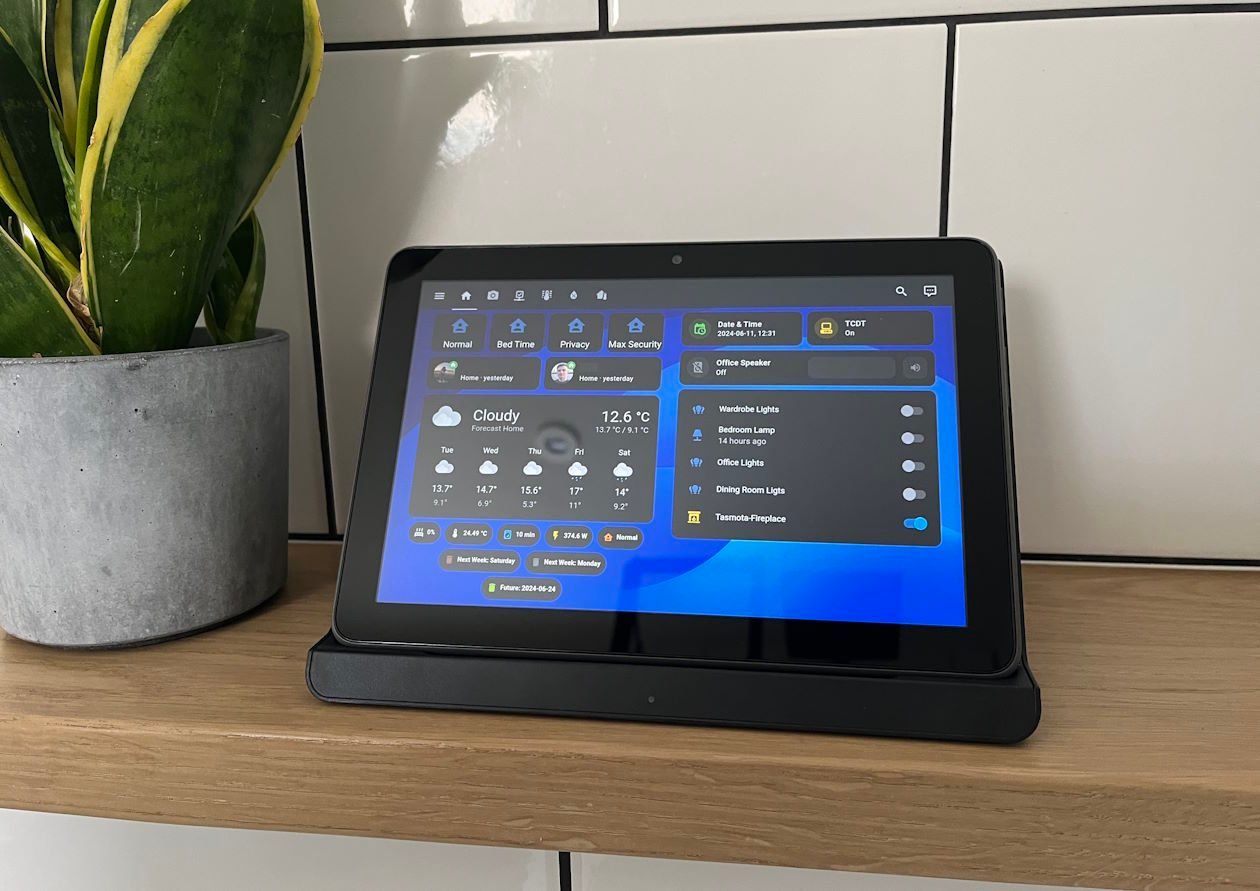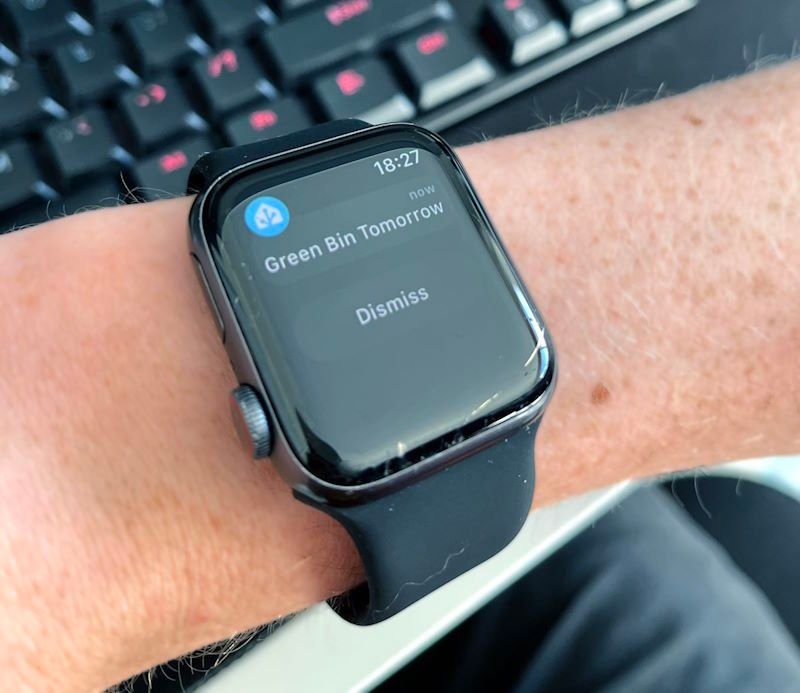What is Home Assistant and what does the future of home automation look like?
Home Assistant’s key takeaways: - Unification of standards and brands - Capable of complex automations - Localized data and systems control The year is 2024 and the smart home drea...

Home Assistant’s key takeaways:
Unification of standards and brands
Capable of complex automations
Localized data and systems control
The year is 2024 and the smart home dream has never been so affordable or accessible. There are so many brands producing high quality consumer grade IoT devices designed to turn the home into an efficient, secure and comfortable environment. However, for many the experience is still disjointed, troublesome and not adaptive to peoples lifestyles.
Thankfully, the Home Assistant project has grown to provide the missing piece in the home automation scene and its capabilities and versatility is the reason it should be at the core of every smart home. With the right configuration, Home Assistant can solve all of the problems that currently exist in most home automation setups.
[caption id="" align="alignnone" width="1260"] Touch screen dashboards displaying critical information and device controls. [/caption]
Touch screen dashboards displaying critical information and device controls. [/caption]
Bridging the Home Automation Gap
The greatest advantage of Home Assistant in comparison to Echo, HomeKit, Google Home and alike is that it is open source and its entire goal is to serve its users rather than monetise them. This moral standing is perpetuated by the HA foundation - separate to the commercial entity of Nabu Kasa. The Open source model allows users and brands to contribute code which inevitably results in greater interoperability.
Looking for Home Automation Support?
At Data Solace we have years of home automation experience. Formerly industry experts in systems deployment and security, reach out with you automation and network challenges and let’s discuss solutions.
At the time of writing, there are currently in excess of 2800 Home Assistant integrations, including support for some popular IoT brands:
Philips Hue
Lutron
Sonos
Ring
Apple Homekit Bridge
Google Cast, Nest
But if you are looking for a setup which requires a little bit less cloud dependency, there are a number of key protocols supported too:
Zigbee
BLE
Matter
ESPHome
MQTT
Once you have configured all your integrations, your IoT device will be associated in Home Assistant as entities; this could be devices such as a bedroom lamp, garage door contact sensor, or even your washing machine. Similar entities can be given labels, such as ‘lights’ and grouped into areas, such as ‘living room’ and ‘ground floor’.
Capable automations
The brilliant design of Home Assistant allows near limitless possibilities for automations in your home or building, particularly when your start to introduce sensor driven actions. Some examples of devices which can provide powerful control over the home when pair with environmental data include:
Boiler thermostats and TRV valves - regulate and maintain configurable room temperatures.
Garden irrigation systems - taking soil moisture levels to dispense water and plant food at the optimal time.
Appliance power monitoring - to calculate and alert to excessive or irregular energy consumption.
Person location tracking - using secure device location tracking to automatically enable ‘away’ mode on a property; powering off devices or reconfiguring CCTV systems to detect motion and alert accordingly.
All of this is backed by a highly configurable notification system, to keep you up to date with the important events happening in your property.
Here are some concepts and terminology within Home Assistant which enable so much granular control:
Triggers - events that start an automation. For example, when the sun sets or a motion sensor is activated.
Conditions - optional tests that must be met before an action can be run. For example, if someone is home.
Actions - interact with devices such as turn on a light.
Scripts - Similar to automations, in that they can carry out repeatable actions, scripts are not configured with triggers, but can instead be called within an automation, great for storing complex procedures that you might wish to call within multiple automations.
Scenes - A collection of devices and particular states, for example ‘all downstairs lights’ configured to be on at 30% brightness.
[caption id="" align="alignnone" width="800"] Your world on your wrist with DataSolace and Home Assistant. [/caption]
Your world on your wrist with DataSolace and Home Assistant. [/caption]
Local control and Privacy
Privacy and data sovereignty is a subject often overlooked by a lot of publications, largely because usage telemetry data has a resale value to vendors and third party buyers. For every app or gateway device that requires an account, data about your smart home is traversing through a remote server, typically not beholden to the same data protection rules of its origin.
Perhaps you don’t consider the temperature and humidity of your home or office to be of commercial value, or feel that you have nothing to hide on your baby monitoring camera. Unfortunately there have been countless instances of personal data (credentials and account data) loss or beaches resultant of poor security controls. Three me notable incidents are as follows:
Belkin - Serious Unpatched Vulnerability Uncovered in Popular Belkin Wemo Smart Plugs
Eufy - Anker admits Eufy security cameras were not natively encrypted
The Home Assistant project aims to reduce or completely eliminate the need for devices like cameras and smart plugs to relay data via a cloud service. It is important to note that some integrations still require vendor accounts and cloud authentication to operate within Home Assistant.
At Data Solace we can help you build a high privacy, home automation system, without the reliance on any cloud services.
Another common downfall with cloud dependent home automation and network services is the moving of goal posts. Goal-posting: a change in terms of service, pricing structure or a service going away altogether. Change is inevitable and as technology advances, older systems may be unable to support newer features, but they should never become entirely unfunctional as a result of this. The locality of Home Assistant protects devices from planned obsolescence and extends their usable lifetimes.
Subscribe for Updates
Sign up with your email address to receive Datasolace news and updates.
Email Address
Sign Up
We respect your privacy.
Thank you!
